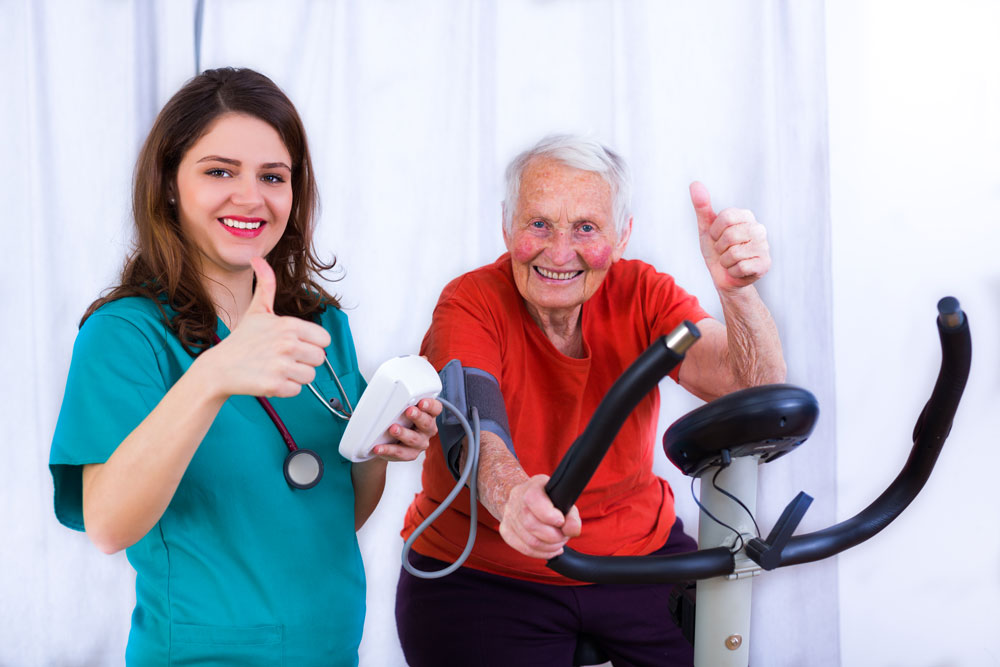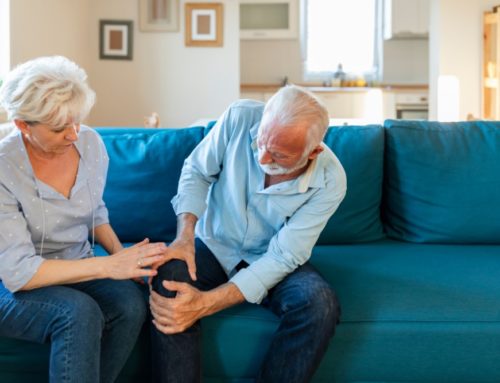One of the most common conditions in the United States is heart failure, which affects about 5 million people every year. Heart failure is such a debilitating condition that affects the entire body. This also causes extreme muscle weakness. As a result, many who suffer from it are often encouraged to lose weight and exercise in tandem. This will cause faster recovery and improve heart strength.
Weakness in the legs
Many people who experience heart failure also experienced an ancillary condition: weakness of the leg muscles. This causes any exercise attempts to be increasingly difficult. To make matters even more complicated, sympathetic nerves typically experience higher activity. This increases adrenaline flow.

The two conditions may actually be related. Some medical professionals believe that an increase in sympathetic nerve activity may be the cause of leg muscle weakness. The possible link, however, is still unclear. It may also be a symptom of general heart failure. Without enough strength, the legs may not get the oxygenated blood they need to properly move. This may result in overall muscle fatigue.
Recovery methods – IV therapy
Experiencing muscle fatigue after heart failure is undoubtedly difficult. But there are ways in which patients can decrease their muscle fatigue and increase their recovery rate. One of the most effective methods is IV therapy. This requires IVs to be inserted into the patient’s veins for the purpose of rehydration.
Put simply, IV therapy bypasses the time and potential side effects that patients may experience through manual or oral hydration and nutrition therapies. IV drips can provide critical nutrients necessary for muscle repair and energy-boosting. They can also provide general hydration for muscle cells in the legs and beyond. Hydration and mineral absorption are both much faster with IV therapy than with pills or with traditional food and drink.
Physical therapy and occupational therapy
In addition, many who suffer from muscle weakness after heart failure can benefit from physical therapy. Physical therapy trains the muscles and rebuilds them after extended periods of atrophy. Such therapy for the legs may involve exercises that specifically target the muscles of the legs or walks. The exact physical therapy routine will vary based on the patient and their needs.
Additionally, occupational therapy may be used so that patients can maintain their lifestyle. This lets them continue activities that they enjoyed before developing their heart failure. Such therapy is beneficial not only for the physical well-being of the patient but also for their mental health. Many who are bound to clinical environments and up losing energy and willpower.
Finding the right care facility
Occupational therapy, physical therapy, and IV therapy combined yield the best chance for full recovery in patients that experience muscle weakness after heart failure. Yet only some facilities are fully equipped to deal with all the medical and therapeutic requirements necessary to treat patients. That’s why finding the right medical facility and rehabilitation center is crucial.
At Haym Salomon Home for Rehabilitation & Nursing in Brooklyn NY, you can get the cardiac care you need. All the nurses are ACLS-certified and properly trained to provide the cardiac support needed for emergencies and recovery. The staff is equipped to begin and continue with IV medications and therapies. They can also perform comprehensive cardiac monitoring and physical therapy procedures. Whatever you or your loved one needs, they’ll be there to help with muscle weakness and general care.
This content comprises informative and educational resources only and can not be considered as a substitute for professional health or medical guidance. Reliance on any information provided in this article is solely at your own risk. If you have any inquiries or apprehensions about your medical condition or health goals, talk with a licensed physician or healthcare provider.






Leave A Comment